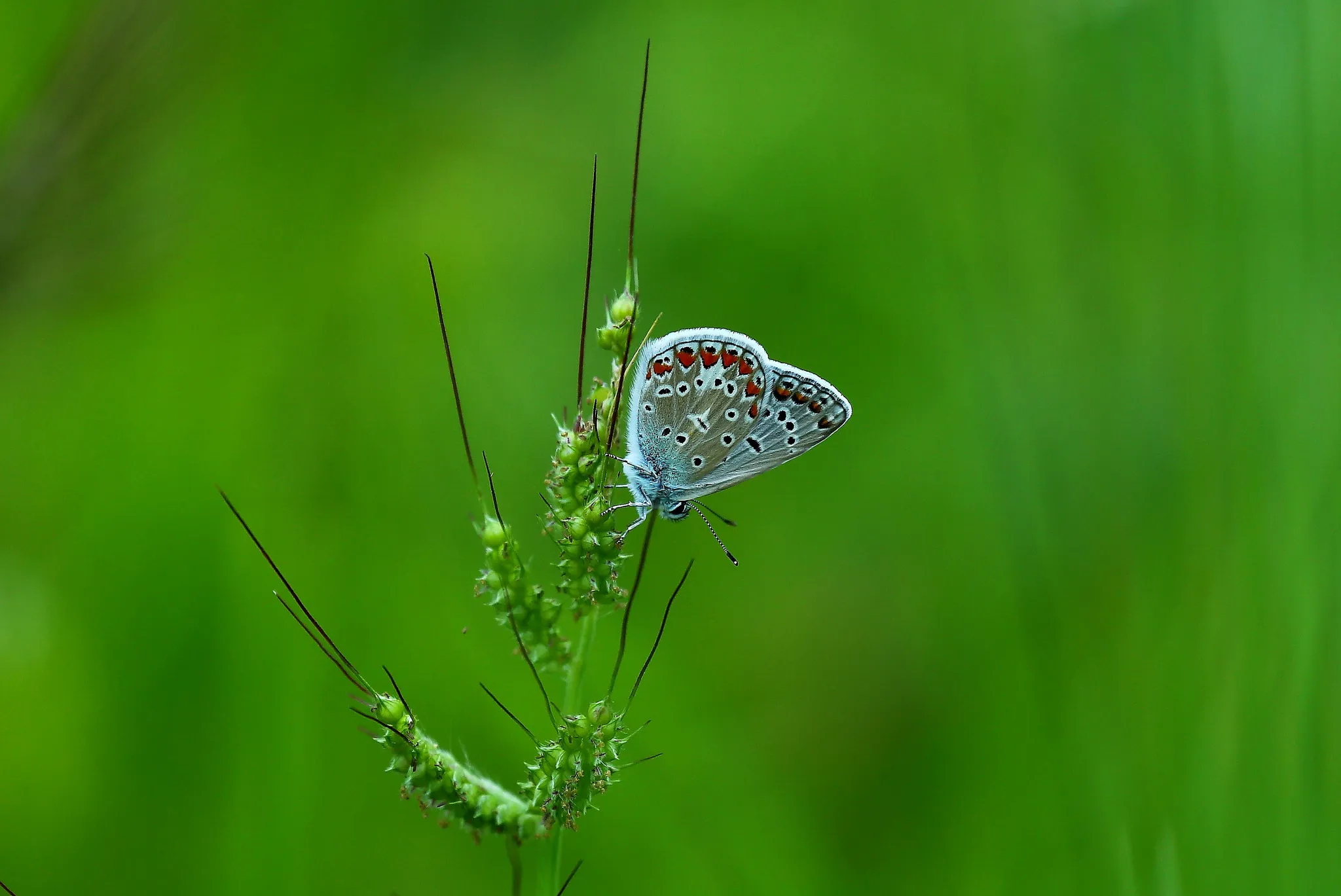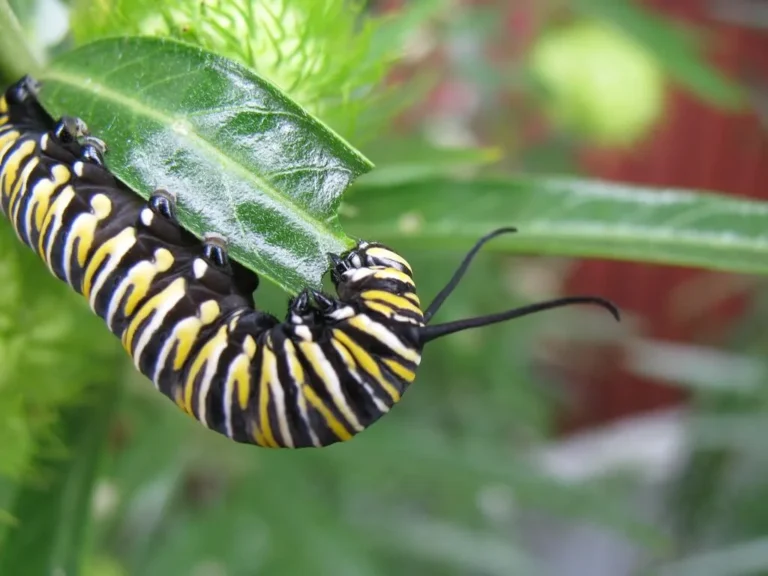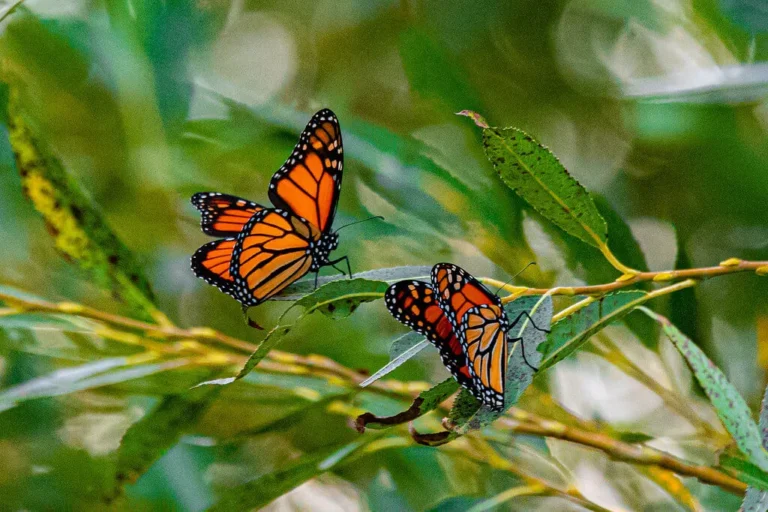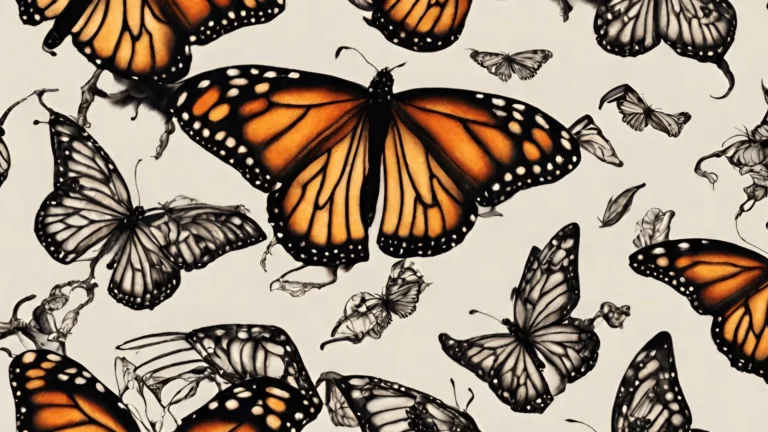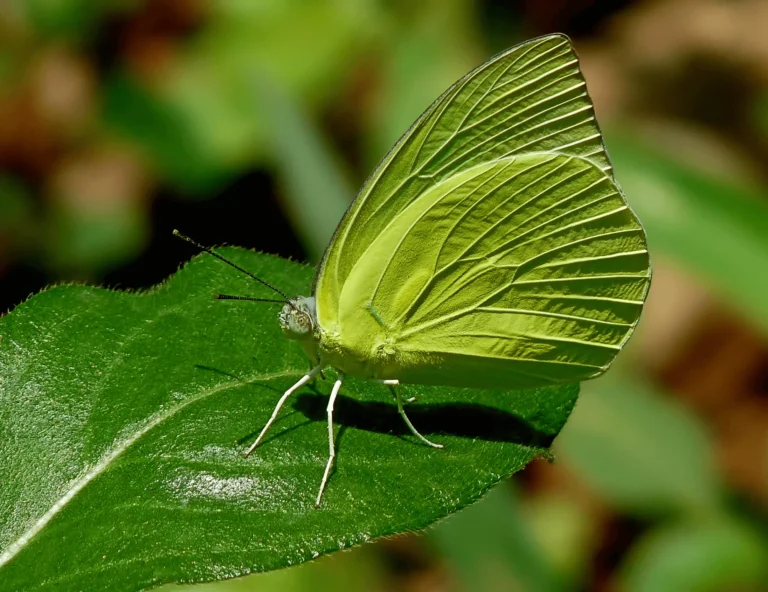What Butterfly Lives for 24 Hours? Uncover The Mystery
The Cabbage White butterfly, while believed by some to live only 24 hours, can live for a day or two in cooler temperatures, but not strictly 24 hours. Mayflies, although not butterflies, truly live for just one day, spending their short lives reproducing. Both these creatures emphasize the fleeting beauty of nature.

Table of Contents
Introduction
The world of butterflies is full of wonder. With thousands of species flying around, each butterfly tells its own unique story. Many people often ask, ‘What butterfly lives for 24 hours?‘ While some butterflies, like the Monarchs, migrate over long distances and live for weeks, there are those who, in stark contrast, live just a mere day or so.
This notion surprises many because we typically think of butterflies as creatures that bask in the flowers and sunshine for extended periods. However, nature has its intricate designs, and some butterflies live fast, completing their life cycle in what seems like the blink of an eye.
In this article, we’ll dive deep into understanding these short-lived beauties, exploring their life, habits, and the challenges they face. Let’s uncover the mystery of the 24-hour butterfly.
What Butterflies Live for Only 24 Hours?
Small White or Cabbage White (Pieris rapae)

The Cabbage White is a wonder in simplicity. Their wings are mostly white, with small patches of gray or light black. Their wings spread out, almost dancing, as they move from one place to another. They are medium-sized, making them easy to spot when you’re out in a garden.
Where do they live?
These beauties have made many parts of the world their home. You’ll find them across Asia, Europe, and North Africa. Whether it’s a busy city park, a quiet garden in the countryside, or an open meadow, the Cabbage White is happy. They love places where there are plenty of plants and flowers.
What do they eat?
For butterflies, food is all about the sweet stuff. Cabbage Whites, like many other butterflies, sip on nectar. They have this straw-like tongue, called a proboscis, which they unroll to drink nectar from flowers.
But here’s something interesting: when they are in their caterpillar form, they have a big appetite for cabbage leaves, giving them their fun name.
Gossamer-winged Butterflies
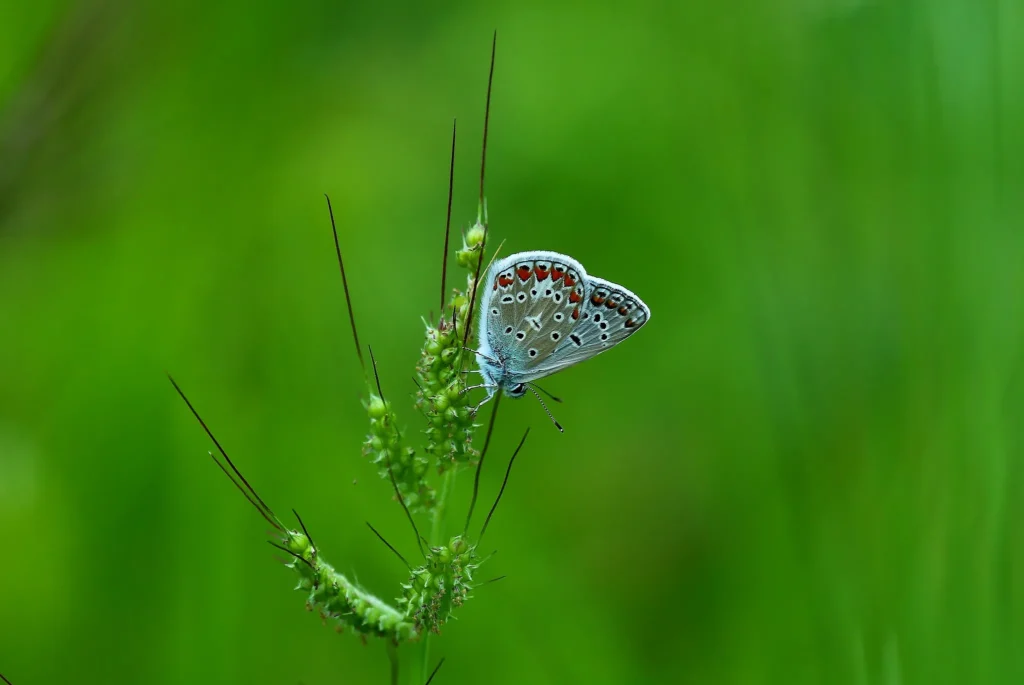
These are among the tiniest of butterflies and often have a brief adult lifespan. Their delicate nature and rapid life cycles make them a fascinating subject for those keen on understanding the ephemeral nature of life.
Where do they live?
These butterflies are widespread, seen from meadows to forest clearings, depending on the species.
What do they eat?
Like other butterflies, they feed on nectar. Some species also sip moisture and minerals from wet grounds or mud puddles, a behavior known as “mud-puddling.”
While the Cabbage White and the Gossamer-winged butterflies don’t strictly live for 24 hours, they emphasize the transient beauty of nature. Observing their short but vibrant lives serves as a poignant reminder of life’s fleeting moments.
Mayfly
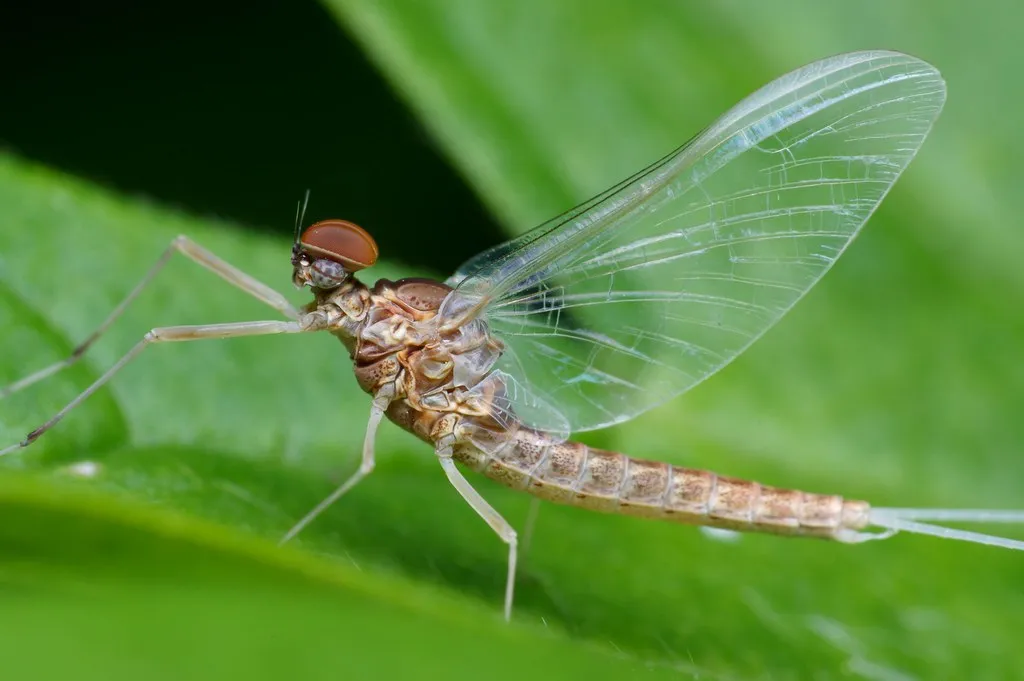
First things first, mayflies are not butterflies. They are small insects, thin and delicate. They have two sets of wings and usually, two or three long tail strands. If you look closely, you might think they look like tiny fairies from a storybook.
Where do they live?
Mayflies love water. You’ll always find them close to freshwater spots like lakes, ponds, or rivers. They’re known to be on every continent, so they’re pretty widespread. Most of their life is spent underwater as nymphs before they emerge as adults.
What do they eat?
The diet changes as they grow. When they are underwater nymphs, they feed on tiny plants and organic stuff found in the water. But the grown-up mayflies have a different story. They don’t eat! Their adult life is short and focused mainly on finding a mate and laying eggs.
While we’re intrigued by the butterflies that live for 24 hours, it’s essential to remember, that not all of them strictly live for a single day. The Cabbage White might live for a few days if the conditions are right. But mayflies, which are not butterflies, often truly live just a single day above water.
Why Such a Short Lifespan?
Imagine only having one day to do everything in life. Sounds tough, right? But for some creatures, that’s their reality. So why do they live for only 24 hours?
Quick Babies:
One big reason is babies! Creatures like the Cabbage White butterfly or the mayfly need to make sure they have babies quickly to keep their kind going. By having a short life, they focus all their energy on finding a partner and laying eggs.
Hungry Predators:
Life is not easy for tiny creatures. Birds, spiders, and even other insects are always looking for a quick snack. So, if these butterflies or mayflies took a long time to grow up and have babies, they might get eaten first! A short life means they can avoid some dangers.
Saving Energy:
Everything we do uses energy, even resting. For creatures with a short life, they have a small battery, you could say. They don’t store a lot of food or energy. So, they use up what they have quickly.
This is especially true for mayflies, who don’t even eat when they’re grown up. They just use the energy they stored when they were young.
Even though their lives are short, these creatures live them fully. Every moment is about survival and making sure the next generation is ready to take over.
Life in a Day: Experiencing Their 24 Hours
For us, a day might be about going to work, watching a movie, or just relaxing. For the Cabbage White and mayflies, their single day is a whirlwind of activity. Let’s try to step into their shoes, or should we say wings, for a day!
First Flight
Imagine waking up and realizing you have wings! The first flight is magical. After coming out, they flutter their wings and take their first flight. The world is big, and there’s so much to see. For the Cabbage White, this might be a quick trip to the nearest flower. For mayflies, it could be a short dance over the water’s surface.
Finding Love
Time is ticking, and finding a partner is the top priority. They fly around, looking for a mate. For some, like the mayflies, they gather in big groups over water. It’s like a big party where everyone is looking for a partner.
Eating… or Not
For the Cabbage White, there’s a need to sip some nectar from flowers. It gives them energy for their busy day. They hover over flowers, unrolling their proboscis to drink the sweet liquid. Mayflies, however, have a different story. Their grown-up life is so short they don’t eat at all. They just focus on finding a mate and laying eggs.
Avoiding Trouble
The world is full of dangers. Birds might swoop down for a quick snack, or a sneaky spider might try to catch them in its web. Every moment, they have to be careful and watch out.
Resting Moments
Even on a busy day, there are moments to rest. Maybe on the leaf of a plant or the surface of the water. It’s a short break before they’re back to their duties.
Note: Their day might be short, but it’s full of life. They experience so many things in just 24 hours. It’s like they squeeze a whole lifetime into a single day.
Impact of Human Interaction
Even in their short lives, creatures like the Cabbage White butterfly and mayflies come across big challenges. Some of these challenges come from us, humans. Let’s understand how we impact their tiny lives.
Our Buildings and Roads
When we build houses, roads, or big buildings, we sometimes take away their homes. The places where they live, eat and have babies get smaller. For the Cabbage White, this means fewer gardens and open spaces. For mayflies, it might mean less clean water.
Chemicals and Sprays
Farmers and gardeners sometimes use chemicals to keep bugs away from plants. These chemicals, called pesticides, can be harmful. When the Cabbage White or mayflies come in contact with these chemicals, they can get sick or even die.
Bright City Lights
Did you know the bright lights in our cities can confuse many flying creatures, including our short-lived friends? They might fly towards the light, thinking it’s the moon or morning light. This can make them tired, or they might get trapped.
Too Much or Too Little Water:
We use a lot of water, sometimes too much. When we take too much water from rivers or lakes, it can harm mayflies. They need water to grow up and lay eggs. On the other hand, if we let dirty water go into rivers, it’s bad for them too.
Good Actions, Bad Results:
Sometimes, we try to do good things but end up causing problems. For example, releasing fish into new places might sound like a good idea. But these fish might eat mayflies and reduce their numbers.
While we might not notice, our actions can have big effects on the world around us. It’s up to us to make choices that help, not harm, these delicate creatures.
Final Thoughts
In conclusion, nature is full of wonders, from towering trees to tiny bugs that live for just a day. And while their time might be short, creatures like the Cabbage White and mayflies remind us to cherish every moment. By understanding, respecting, and protecting them, we make the world a richer place.


